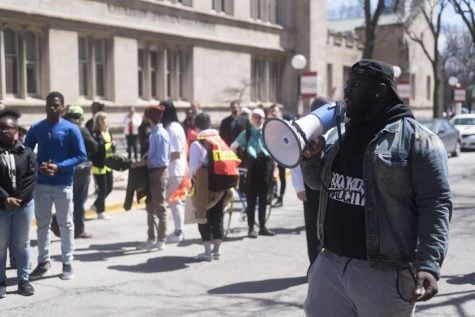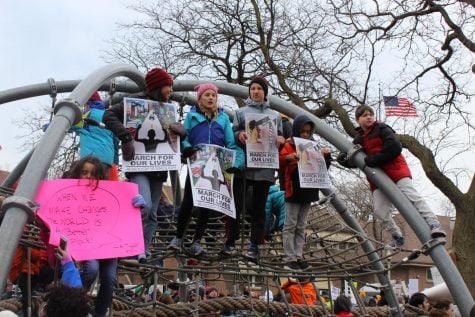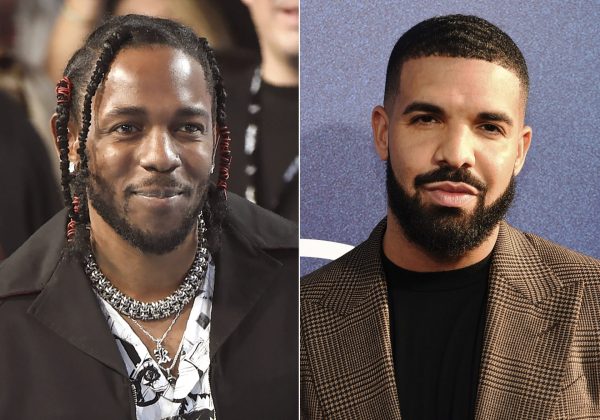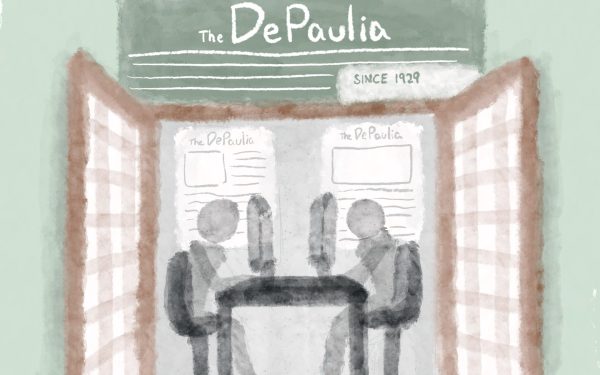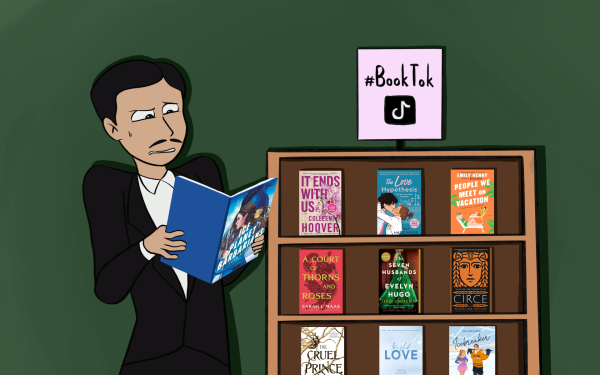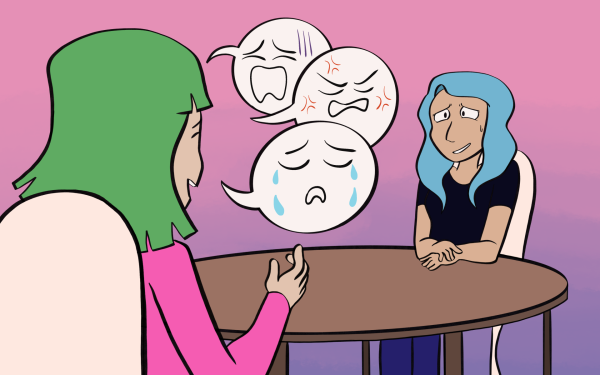Our obsession with killers continues to distort our ability to separate the murders from the mugshot

More stories from Mackenzie Murtaugh
Early Friday morning, students at Santa Fe High School evacuated the building after the fire alarm was pulled. The moments that followed were filled first with loud bangs of bullets, then shock, terror and a saddening, complex familiarity. The gunman, student Dimitrios Pagourtzis, 17, opened fired on the student body, injuring many and killing 10 people. He reportedly targeted his victims because he did not like them, including one female student who had rejected his romantic advances.
Just three months after the Parkland shooting mobilized the gun reform efforts around the country, there have been 10 more school shootings in the U.S. including Santa Fe, according to an updated database from The Washington Post.
News media instantly labeling Pagourtzis as “reserved” and “normal” and using the tired excuse that “there were no warning signs” provides a significant precedent for America’s long history of obsession with murderers. Without a doubt, a young person who has experienced trauma deserves assistance, but the difference with cases like Pagourtzis, Parkland shooter Nikolas Cruz and Charleston church shooter Dylann Roof is that the American public loves to coddle these young, white male shooters – in fact, it’s what they have always done.
From cowboy shootouts in the Old West, to lynchings of African-Americans in the South and even capital punishment in today’s American justice system, the importance of death in America has been solidified. The question often lingers in the culture: should someone die because they committed a crime or should they be put to death simply based on their difference from us? Inevitably, the news media has taken death, and specifically murder, to the bank since the highly publicized murders of H.H. Holmes, known as America’s first serial killer, in the 1890s.
Americans received their first taste of the serial killer archetype then, and we haven’t stopped pondering the same question since: What makes these people want to kill? We became so fascinated with the second-hand adrenaline of killing that we created celebrities out of those who kidnap, drug, rape, kill and dismember.
The “celebrity serial killer” was established in the 1970s, with the likes of Ted Bundy, John Wayne Gacy and Jeffrey Dahmer. Putting a name and face to their actions separated them from those who were publicized but anonymous, like the Alphabet murderers and the infamous Zodiac Killer. Their twisted acts of violence made the rounds on the news media because their stories piqued the public’s interest. Here, the public first understood that these men, who were almost always white, young or middle-aged men, could be their neighbors. Bundy used his intelligence and conventional attractiveness to easily coerce young women into his car, which his victims would soon realize did not have a passenger seat, and Gacy was known as a friendly and caring family man who would eagerly don that off-putting “Pogo the Clown” costume to entertain children. Some, like Jeffrey Dahmer, were clearly mentally disturbed since childhood: He was known to dismember and then hang animal carcusses from trees.
This reflects the school shooters of today who claim to have been bullied into their killing sprees. Cruz, the Parkland shooter, claims to have been bullied senselessly by his classmates for his scrawny body and scary, volatile demeanor. Immediately, the news media flooded the airwaves and internet with stories, calling for students to stop bullying and to report it when they see it. Yet we understand that bullying cannot and will never justify someone’s desire to kill. There are a multitude of avenues to take in the event of harassment; using students as targets in shooting practice cannot be one of these avenues.
While journalists have a duty to report crimes, their duty is not to encourage the romanticization of murderers. Calling the Dylann Roofs and Nikolas Cruzes of the world misunderstood, damaged or broken only adds an emotional fixation to the murderers, causing the public to sympathize with white supremacists and, more generally, violent men.
“Nothing is stopping these young men from killing,” said Andy Billingsley, former University of Illinois-Chicago student. “As far as legislation goes, no one is stopping them from taking their parents’ weapons, from bringing them on campuses and from performing what they think of as their duty to kill. Then the media begins to portray them as sad individuals, and the public loves it.”
From this melancholy media exposure, infatuation develops, and young women sometimes even desire to send love letters to these killers in prison. Some develop personal relationships with the inmates, like in cases of “Night Stalker” Richard Ramirez and cult leader Charles Manson. According to Psychology Today, sexologist John Money described this infatuation with the term hybristophilia – in which one “derives sexual arousal and pleasure from having a sexual partner who is known to have committed an outrage of crime, such as rape, murder or armed robbery.”
Cruz and Roof still receive love letters in prison, and it’s possible that Pagourtzis will as well. The most harrowing aspect about this possibility is that one of his motives was to kill the young woman who rejected his advances and then embarrassed him in front of his classmates. Pagourtzis even indirectly propagates “Incel” values, the online culture of young men who identify as “involuntarily celibate” and blame women for not wanting to have sexual relations with them. They hide in the dark forums of the internet, where their male supremacy, racism and self-hatred is accepted and encouraged. The recent Toronto attacker, in which the driver intentionally crashed and killed 10 people, posted on his Facebook page just before the attack that “the Incel rebellion has already begun.”
“Incel culture is currently on the rise, and sometimes it’s even promoted,” said Jake Reaves, computer science student at Roosevelt University. “Online, they congregate and sympathize with each other, furthering their misogyny.”
Our lives take place online. We find people who have experienced our shortcomings and traumas and can relate to them better than those we find in our schools. Teenagers know this better than anyone, as they grew up not knowing a life without the ability to connect with the anonymous people behind our screens. Yet, with the news media’s inherent influence on how people are perceived, there should be a higher standard on who gets what story. Calling a rapist and murderer like Bundy an attractive young man who no one would have expected to commit these acts is no different than calling Pagourtzis a troubled and rejected youth who, again, no one would have pegged as a murderer.
What can be taken away from the history of America’s infatuation with murder is that we can never tell who will be the next Bundy, Gacy, Cruz or Pagourtzis. Instead of past murderers who would keep their psychotic tendencies to themselves, we can spot some of these warning signs much earlier than before, thanks to the online culture that surrounds our lives. Reporting a classmate’s misogynist and white supremacist online behavior might save future lives – or perhaps we’re just too far gone.



